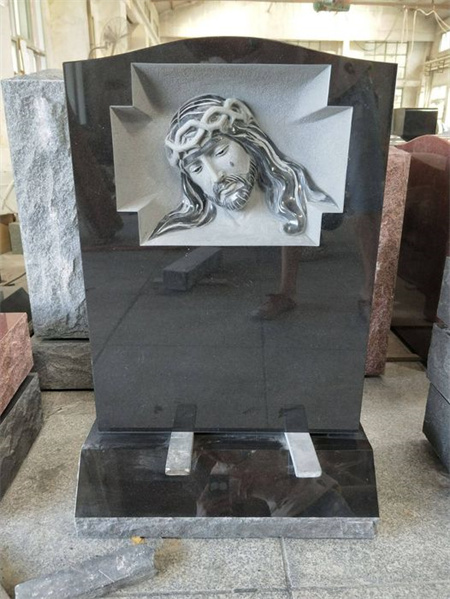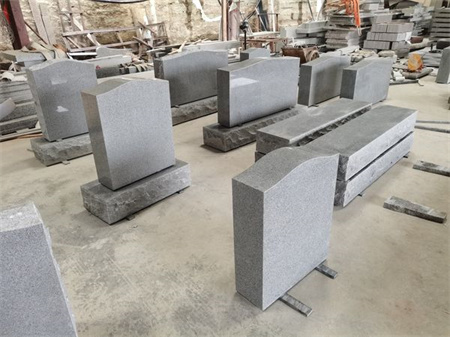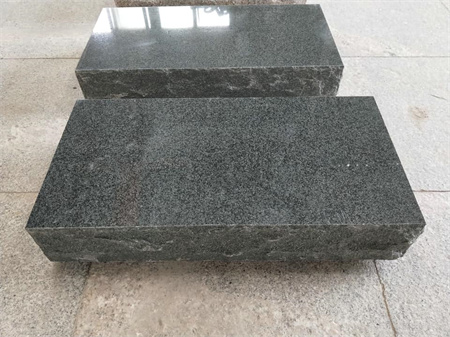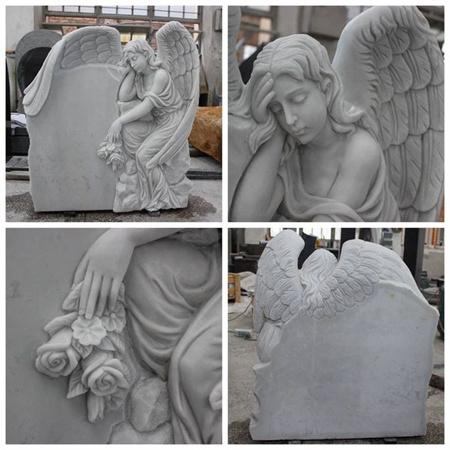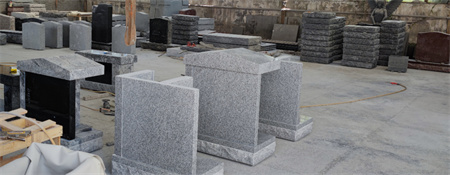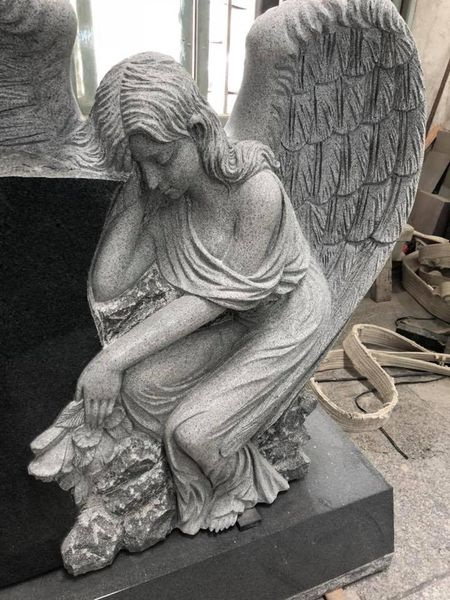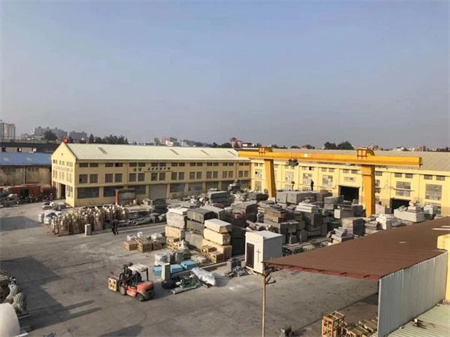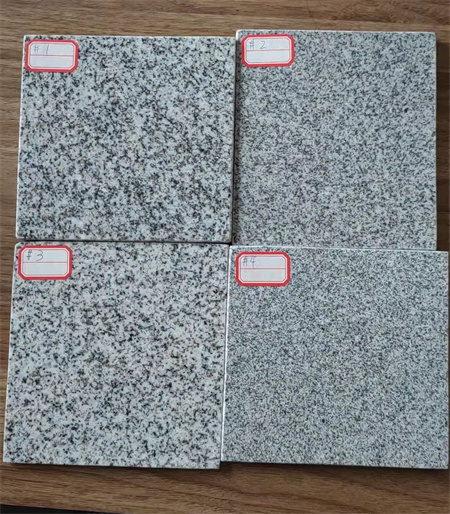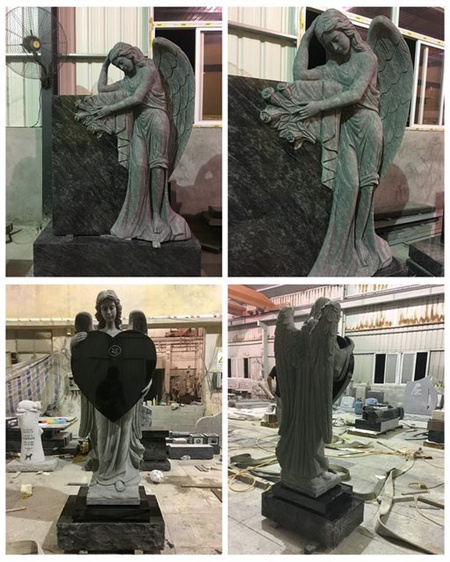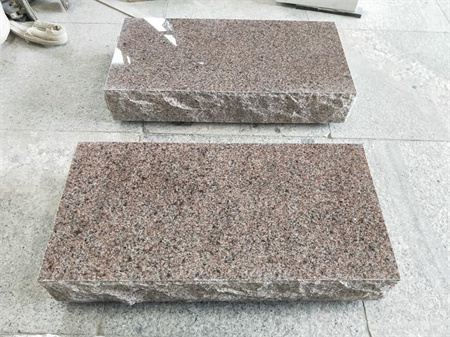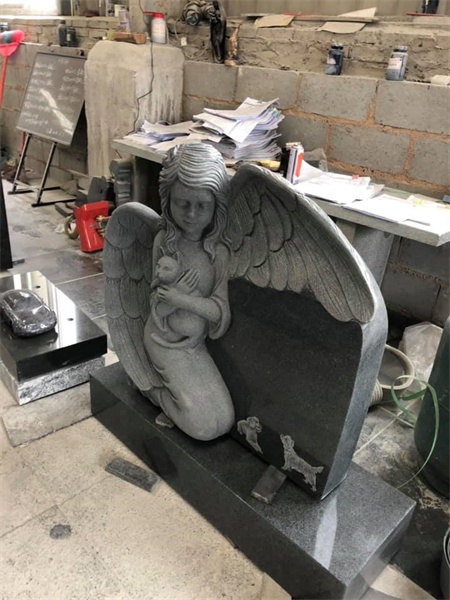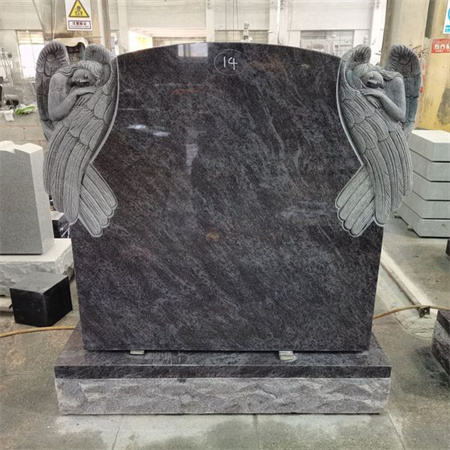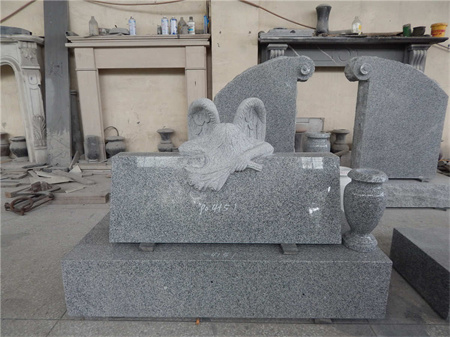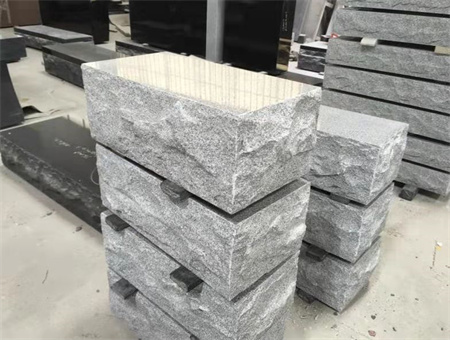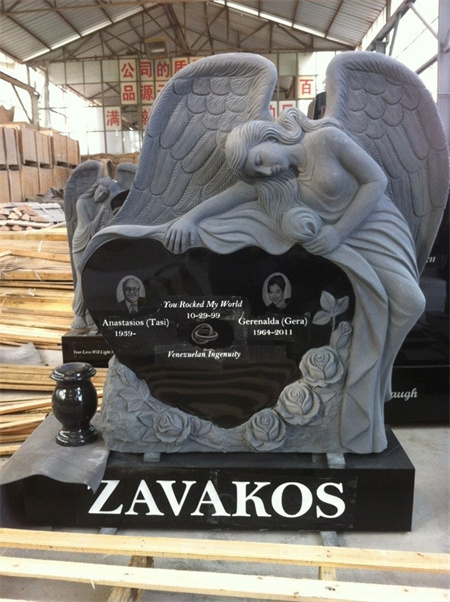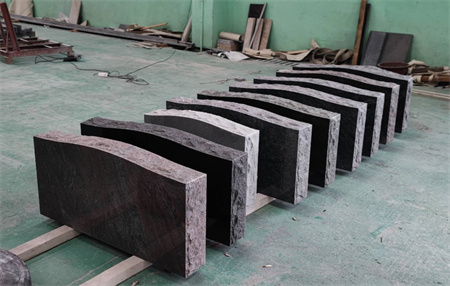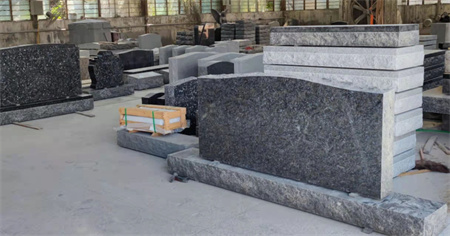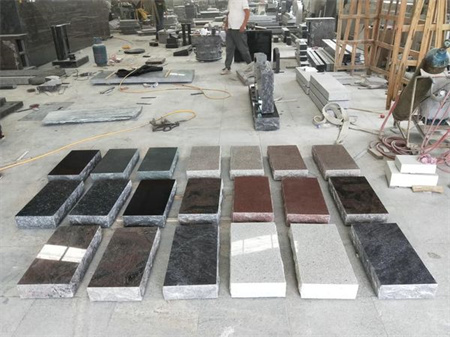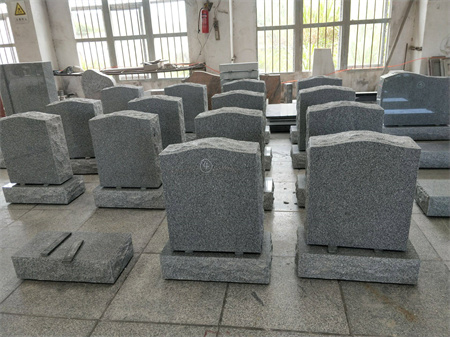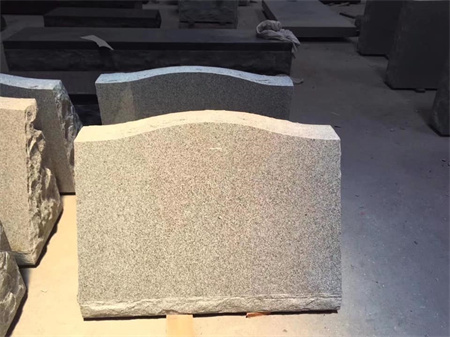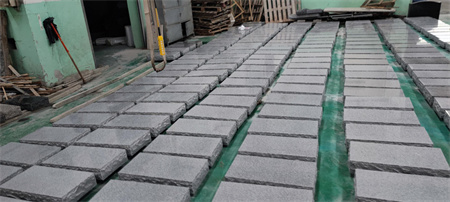How to Compare Granite Types for Memorial Stones
Choosing the right granite for a memorial stone is a deeply personal decision, influenced not only by aesthetic preferences but also by durability, texture, and cost. Granite has been a traditional choice for memorials for centuries, admired for its permanence and elegance. However, not all granites are the same, and understanding the differences between various types can help ensure that the final monument is both beautiful and enduring.
Granite comes in many colors, textures, and finishes, each offering unique qualities that can be matched to the personality of the loved one being honored. When comparing granite types for memorial stones, it’s important to consider factors like color, durability, grain structure, and maintenance. The right choice will not only enhance the design of the memorial but also withstand the test of time.
Color and Aesthetic Appeal
Granite is available in a wide range of colors, from deep blacks and blues to soft greens and pinks. The color of the granite can have significant emotional and symbolic meaning. For example, black granite is often chosen for its solemn, reflective qualities, while lighter colors like gray or beige may evoke a sense of peace and tranquility. Red, pink, or blue granites can offer a more vibrant, personalized touch, reflecting the individuality of the person memorialized.
When selecting a granite color, it’s essential to also consider the cemetery’s regulations or guidelines, as some locations may have restrictions on certain hues. Additionally, the surrounding environment can influence the overall appearance of the memorial, with darker stones offering a striking contrast to natural landscapes and lighter stones blending more seamlessly with their surroundings.
Durability and Weather Resistance
Granite’s inherent durability is one of the reasons it is such a popular material for memorial stones. However, not all granite types are created equal when it comes to weather resistance. Some granites are denser and more resistant to the elements than others. If the memorial will be placed in an area with harsh weather conditions—such as extreme temperatures, heavy rainfall, or coastal environments—it’s important to choose a granite type known for its resilience.
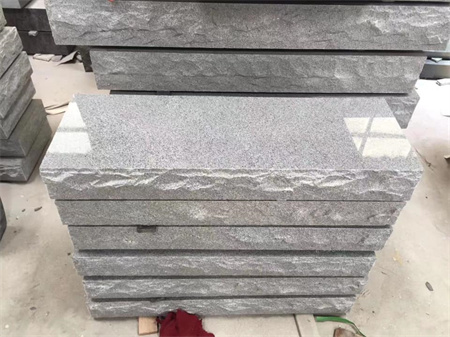
Grain Structure and Texture
The grain structure of granite can vary significantly between types. Some granites have a fine grain, which gives the stone a smooth, polished appearance. Others have a coarser grain, which results in a more textured finish. The grain structure can also affect the way the granite holds engraving or other decorative features.
A fine-grained granite is ideal for intricate carvings or detailed inscriptions because it allows for sharper, cleaner lines. Coarse-grained granite, on the other hand, lends itself well to simpler, more classic designs. The texture of the stone will also influence the memorial’s final appearance. Polished granite offers a shiny, reflective surface that can be particularly striking, while honed or matte finishes offer a more subdued, elegant look.
Maintenance Considerations
While granite is known for its low-maintenance properties, certain types of granite require more care than others. Highly polished surfaces, for example, can show fingerprints, dust, or smudges more easily, which may require periodic cleaning to maintain their appearance. On the other hand, matte or honed finishes tend to be more forgiving, requiring less frequent cleaning and maintenance.
In addition to surface care, it’s important to consider the long-term durability of the stone in its environment. Some granites, especially those with softer grains, may be more prone to weathering, even with minimal exposure. Therefore, when selecting granite for a memorial stone, it’s crucial to ask about the stone’s maintenance requirements and how it will age over time.
Cost and Budget

It’s important to have a clear budget in mind when choosing a granite type, as the cost can add up quickly. However, choosing a more expensive granite may not always be necessary if your goal is simply to create a memorial that is timeless and durable. In many cases, a mid-range granite that offers a balance between aesthetics and durability can be just as effective as a high-end option, provided it is properly selected and cared for.
Final Thoughts
Selecting the right granite for a memorial stone is a process that involves balancing aesthetics, durability, and budget. Understanding the unique characteristics of different granite types will ensure that the final memorial is a fitting tribute that stands the test of time. Whether opting for a bold, polished black granite or a subtle, honed gray stone, the choice of granite should reflect the person it honors while providing a lasting symbol of remembrance.
Take the time to explore various granite options, consult with a trusted memorial stone provider, and carefully consider how each type will age and withstand the elements. By doing so, you’ll ensure that the memorial remains a beautiful and meaningful tribute for generations to come.
